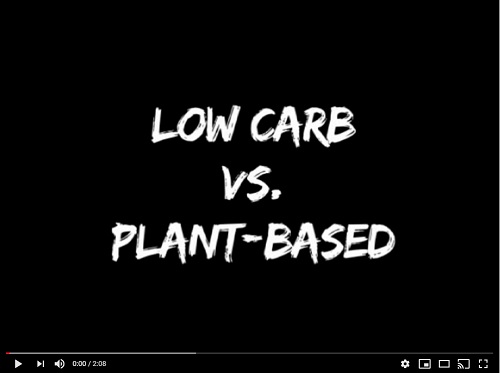Get Healthy – 4 Step Plan
[mailpoet_form id=”6″]
Learn more by entering your email and clicking Subscribe. You may unsubscribe at any time.
(1) Eat more fiber
“When it comes to losing weight, one simple piece of advice may be more helpful than all the diet books, calorie counting, and portion measuring put together: Eat more fiber.”
WebMD (“High-Fiber Diets and Weight Loss”)
Leading authorities agree on the value of fiber for satisfying hunger, losing weight and getting healthy:
World Health Organization (Diet, Nutrition and the Prevention of Chronic Diseases),
USDA (Dietary Energy Density and Body Weight),
American Heart Association (“Fiber Up, Slim Down”)
CDC (Eat More, Weigh Less? How to manage your weight without being hungry)
Academy of Nutrition and Dietetics (“Fiber can help you feel full longer and lower your risk for heart disease and type 2 diabetes.”)
(2) Stay Motivated
The threads of habit are too light to be felt until they’re too strong to be broken.
Our thoughts make our habits, then our habits make us.
A sustained program of positive reinforcement and effective motivational strategies is required to change ingrained habits.
Fortunately there is a rich literature of articles, books, audiobooks and videos that document the health benefits of a high-fiber, whole-food, plant-based diet.
A systematic program of reading, listening and watching can provide powerful reinforcement for adopting and following a high-fiber diet until the diet becomes automatic and routine.
Other strategies for adopting a high-fiber diet include: keeping a food journal, regular medical checkups, hypnosis, aversion therapy, weight loss betting, low-cost weight loss clubs, coffee and tea, and many others.
(3) Keep It Simple
Convenience foods (like candy, soft drinks, frozen pizza, sugary breakfast cereals, lunch meats, chips, cookies, crackers and ice cream) became popular following WWII. These unhealthy, low-fiber foods are convenient. Likewise, restaurant food is convenient but often high in salt, fat and sugar and low in fiber.
On the other hand, high-fiber, whole-food recipes often require considerable shopping, preparation and cleanup which many people find time-consuming and inconvenient.
However, preparation of high-fiber, whole foods can be greatly sped up and simplified. By relying on simple utensils, frozen vegetables and a microwave oven, healthy meals can be quick, easy and affordable.
(4) Avoid keto diets
A diet advocating high consumption of fat and animal foods has been promoted for years under names like Atkins, low carb, paleo and ketogenic.
Ask the advocates of these diets if a reversal of atherosclerotic plaque in coronary arteries has ever been achieved with these diets. It has not. Only a high-fiber, whole-food diet without oil or animal foods has reversed plaque in coronary arteries.
If protection against heart disease was the only benefit, a high-fiber diet would be the obvious choice. But a high-fiber diet offers much more including satisfying weight loss and protection against a host of deadly chronic diseases.
John McDougall MD has long advocated a whole-food, plant-based diet. He has posted a short (2:08), somewhat harsh but educational video on YouTube comparing the authors of low carb and plant-based diets. Click to view.
[mailpoet_form id=”6″]
Learn more. If you haven’t subscribed already, enter your email and click Subscribe. You may unsubscribe at any time.
Disclaimer: Results may vary. There is no guarantee of future results.

